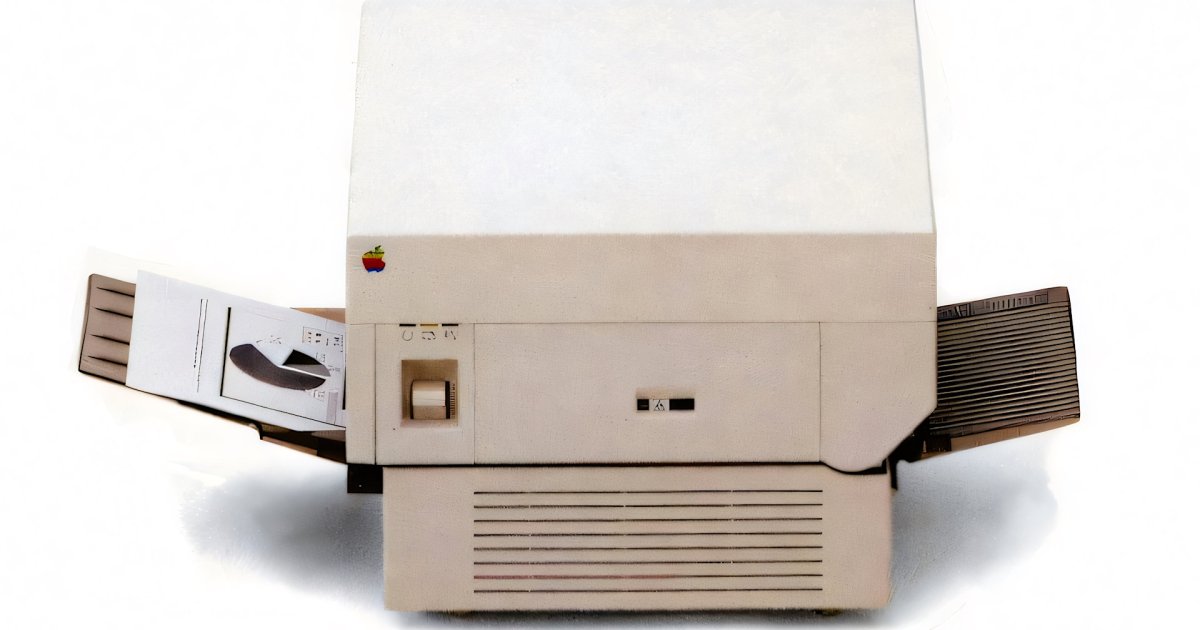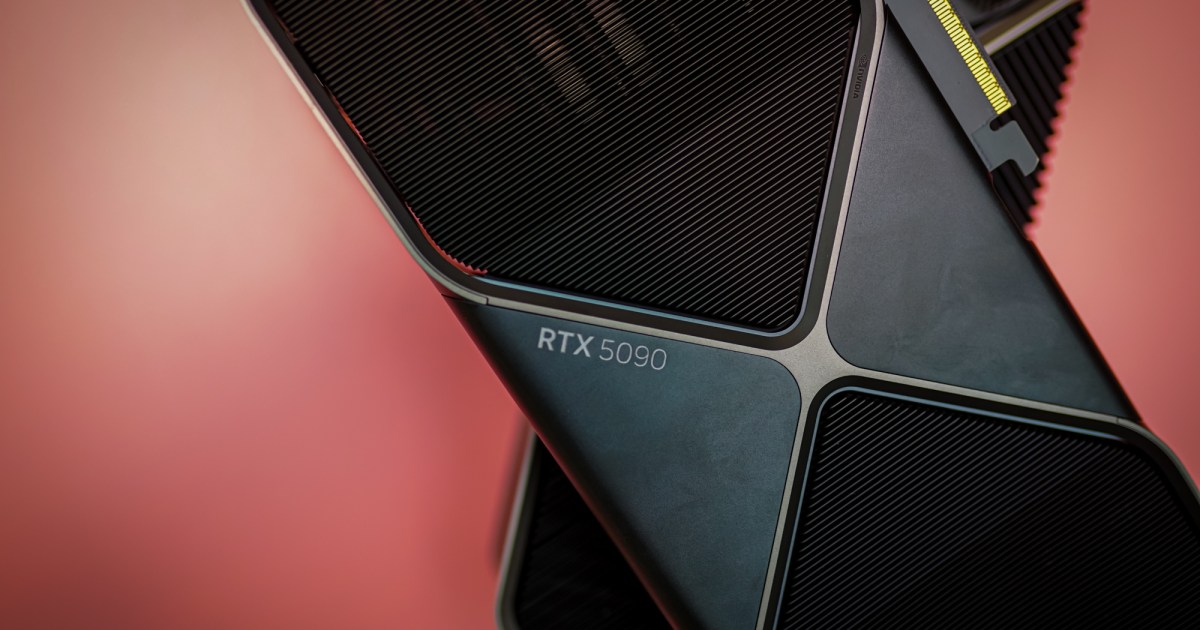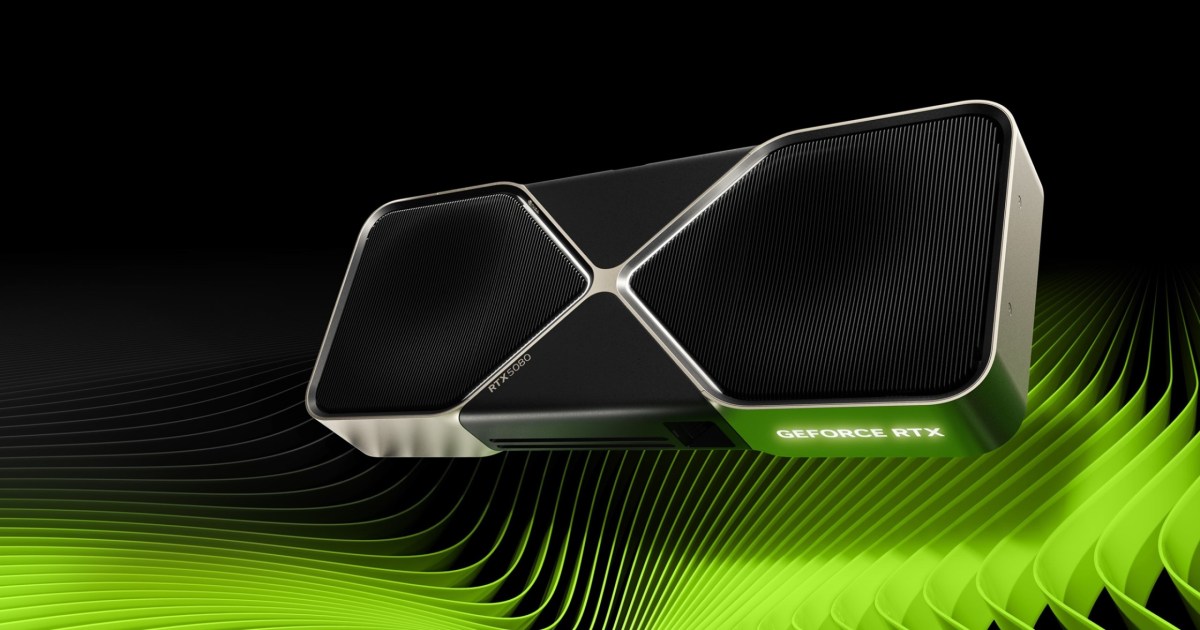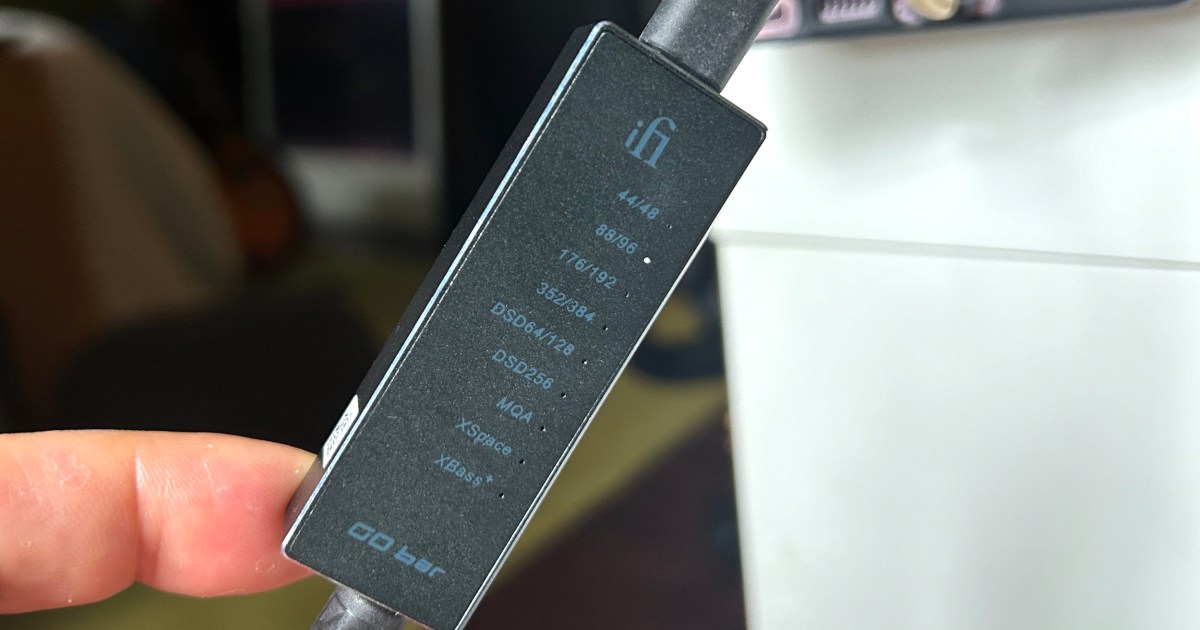The Apple LaserWriter, launched in March 1985, revolutionized desktop publishing. Paired with a Macintosh computer, Adobe Postscript, and Aldus PageMaker, it brought professional-quality printing to the masses.
Before the LaserWriter, Apple relied on the ImageWriter, a dot-matrix printer with limitations in speed and resolution. The LaserWriter changed the game, allowing for sophisticated print layouts and high-quality output directly from a personal computer. This innovation brought professional printing capabilities to the desktop.
Crucially, this technological synergy enabled Apple to implement a WYSIWYG (What You See Is What You Get) design. This quickly became the industry standard, setting the expectation that on-screen documents would appear identical when printed. This seemingly simple feature was a significant advancement in the world of computing.
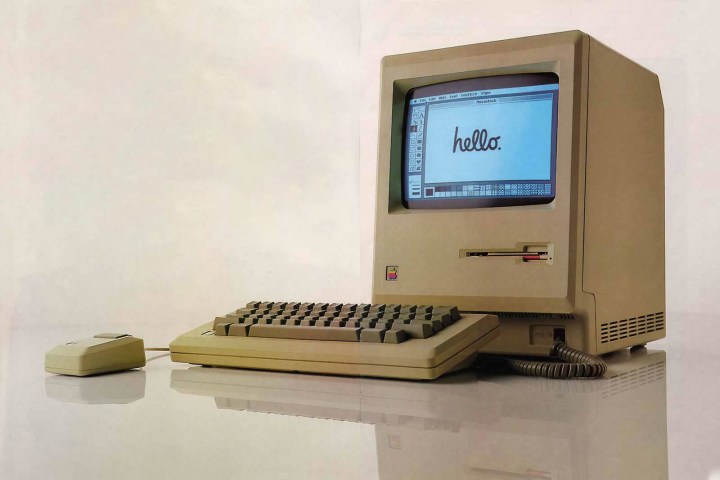 A classic Apple Macintosh displays a friendly hello on-screen. A classic Apple Macintosh with a welcome message on the screen.
A classic Apple Macintosh displays a friendly hello on-screen. A classic Apple Macintosh with a welcome message on the screen.
The concept of a user-friendly graphical user interface controlled by a mouse wasn’t entirely new. Xerox PARC (Palo Alto Research Center) researchers had pioneered similar technology with the Xerox Star, an enterprise solution that predated Apple’s Lisa and Macintosh computers. These innovations signaled the shift away from command-line interfaces, making computers accessible to a wider audience.
While the LaserWriter’s price tag of around $7,000 might seem exorbitant compared to modern printers, it was significantly more affordable and accessible than competing solutions at the time. It provided businesses with an in-house, high-quality printing solution capable of producing eight pages per minute at 300 dpi. This resolution was a breakthrough, ensuring crisp text and graphics with smooth edges and legible fine print.
 The Apple LaserWriter printer, a groundbreaking device in desktop publishing. The Apple LaserWriter: a pivotal innovation in printing technology.
The Apple LaserWriter printer, a groundbreaking device in desktop publishing. The Apple LaserWriter: a pivotal innovation in printing technology.
To achieve this performance, Apple equipped the LaserWriter with the powerful Motorola 68000 processor, the same chip used in the Macintosh. This allowed it to run Adobe Postscript software, optimizing print quality and minimizing data transfer times for fast, reliable, and efficient printing.
Today’s color laser printers offer significantly higher resolutions, often exceeding 1,200 dpi, and print speeds reaching 35 pages per minute. Even budget-friendly inkjet printers surpass the LaserWriter in both speed and quality.
Despite being surpassed by modern technology, the Apple LaserWriter remains a landmark achievement in desktop publishing history. It democratized professional-quality printing and paved the way for the digital publishing landscape we know today.



